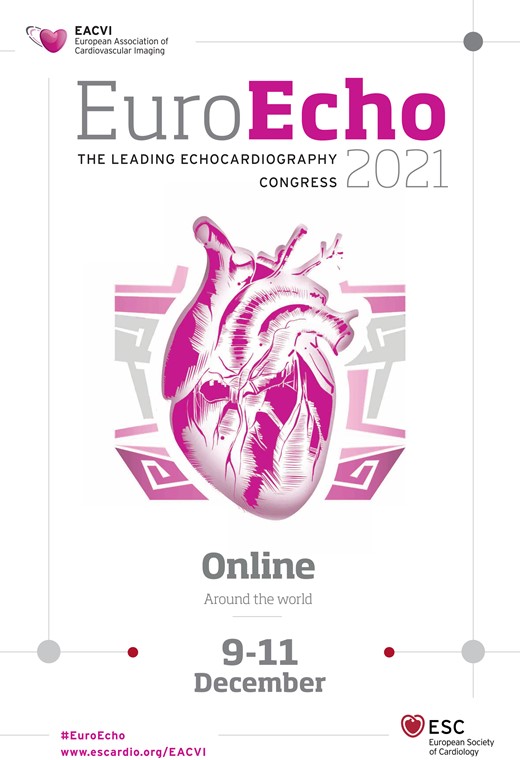-
PDF
- Split View
-
Views
-
Cite
Cite
S Vahabi, E Kharati-Koopaei, M Norouzi, J Maddox, A Humphreys, H Hancock, A Zaman, D Austin, Right ventricular mechanics in anthracycline chemotherapy: insights into the PROACT PLUS study, European Heart Journal - Cardiovascular Imaging, Volume 23, Issue Supplement_1, February 2022, jeab289.418, https://doi.org/10.1093/ehjci/jeab289.418
Close - Share Icon Share
Abstract
Type of funding sources: Public hospital(s). Main funding source(s): South Tees Research and Development Fund
Background
Anthracyclines are highly effective chemotherapy agents used in the treatment of many breast and haematological malignancies. However, one of the well-recognised associated risks with their use includes cardiotoxicity which can lead to heart failure and poor prognosis. Most studies have focused on the effects of these agents on the left ventricular systolic function. Right ventricular (RV) mechanics in anthracycline chemotherapy have so far been neglected.
Purpose
The PROACT PLUS study is an observational, prospective, cohort study which assesses the effects of anthracyclines on the RV systolic and diastolic measures using 2 dimensional conventional echocardiography and speckle tracking imaging (STE).
Methods
From October 2018 to March 2020, patients with a new diagnosis of lymphoma or breast cancer undergoing anthracycline chemotherapy were recruited into the PROACT PLUS study. Echocardiography was performed pre-chemotherapy (V1) and 1 month post chemotherapy (V2). Using vendor-independent software (TomTec Imaging Systems, 2D Cardiac Performance Analysis, Unterschleisshiem, Germany), offline analysis of tricuspid annular plane systolic excursion (TAPSE), RV fractional area change (FAC), tricuspid annular systolic velocity (S’), RV global longitudinal strain (RV GLS), RV myocardial longitudinal strain (RV myoGLS), RV free wall strain (RV FWS), RV- and RV free wall peak systolic (PS) strain-rates, end-systolic (ES) strain-rates, early-diastolic (ED) strain-rates and late-diastolic (LD) strain-rates were measured. This study was ethically approved by the Health Research Association (REC reference 18/EM/0177).
Results
62 patients were recruited into this study. Of these, 7 passed away during treatment and 5 failed to attend their follow-up appointment at V2. Of the remaining patients, a significant deterioration in the RV GLS (-25.4% vs. -22.5%, p < 0.0001), RV myoGLS (-22.4% vs. -20.9%, p = 0.005), RV ED strain-rate (1.08 1/s vs. 0.9 1/s, p = 0.01) and RV free wall ED strain-rate (1.24 1/s vs. 1.07 1/s, p = 0.02) was seen between V1 and V2. No statistical significant change was observed in the conventional and other strain measures of RV function. A total number of 6 patients developed left ventricular systolic dysfunction at V2 with ≥ 10% drop in the LV ejection fraction (LVEF) to < 53%. In this group of patients, there was a statistical significant reduction in the RV FWS (-25.5% vs. -22.7%, p = 0.03) which was not evident in the group of patients with preserved LVEF.
These findings suggest that adverse effects of anthracyclines are not purely confined to the LV, and RV systolic and diastolic changes are evident during treatment with anthracyclines, emphasising the global effect of these agents. A comprehensive RV assessment needs to be taken into consideration during the assessment of cardiotoxicity in patients undergoing chemotherapy treatment.
- anthracycline antibiotics
- myocardium
- left ventricular ejection fraction
- echocardiography
- transesophageal atrial pacing stress echocardiography
- heart failure
- left ventricle
- chemotherapy regimen
- death
- diastole
- follow-up
- germany
- heart ventricle
- hematologic neoplasms
- hospitals, public
- lymphoma
- prospective studies
- software
- systole
- breast
- diagnosis
- diagnostic imaging
- heart
- breast cancer
- cardiotoxicity
- ejection fraction
- left ventricular systolic dysfunction
- right ventricular fractional area change
- two-dimensional speckle tracking
- strain rate
- longitudinal strain



